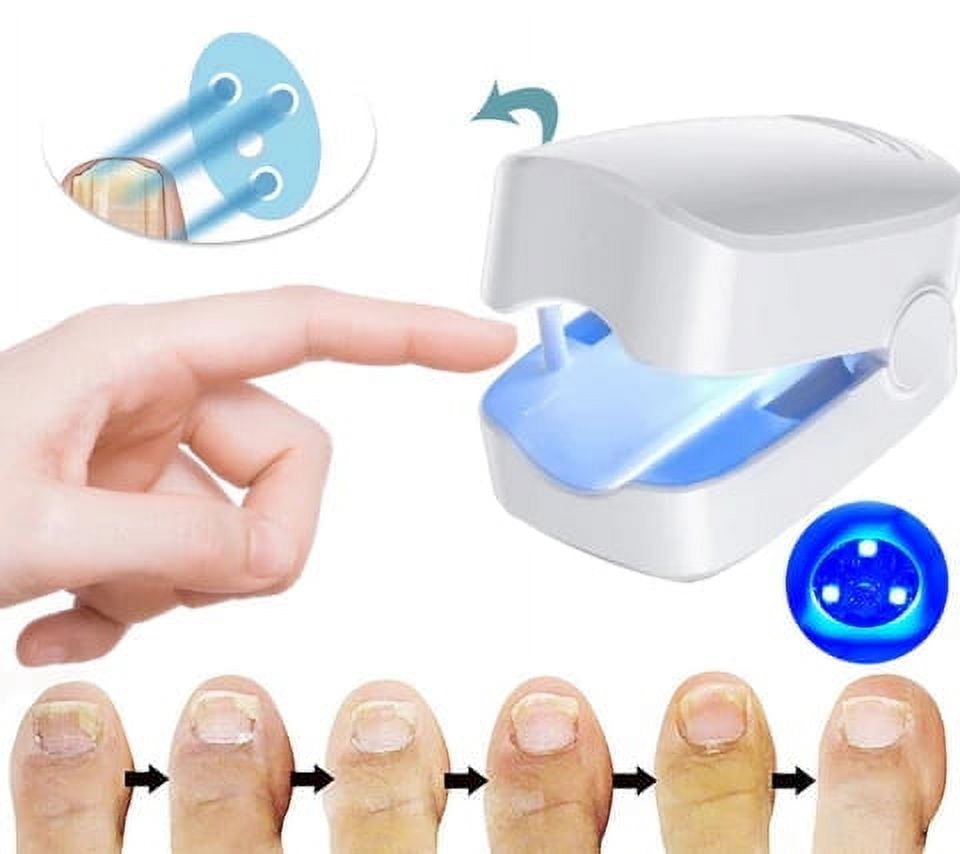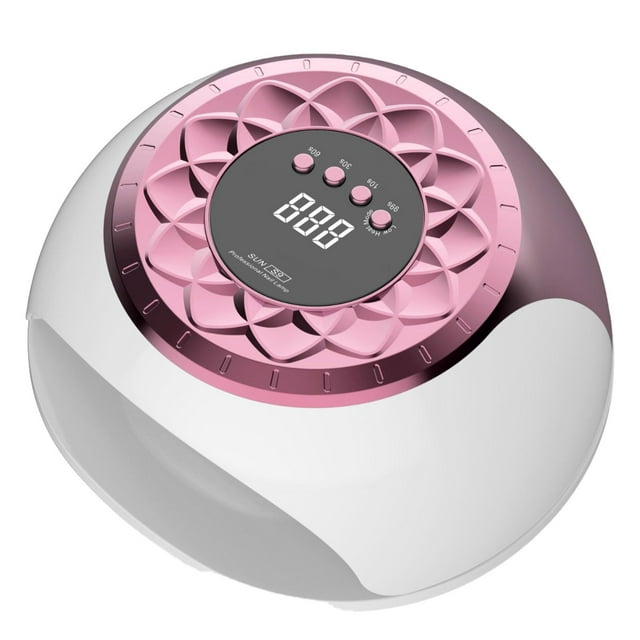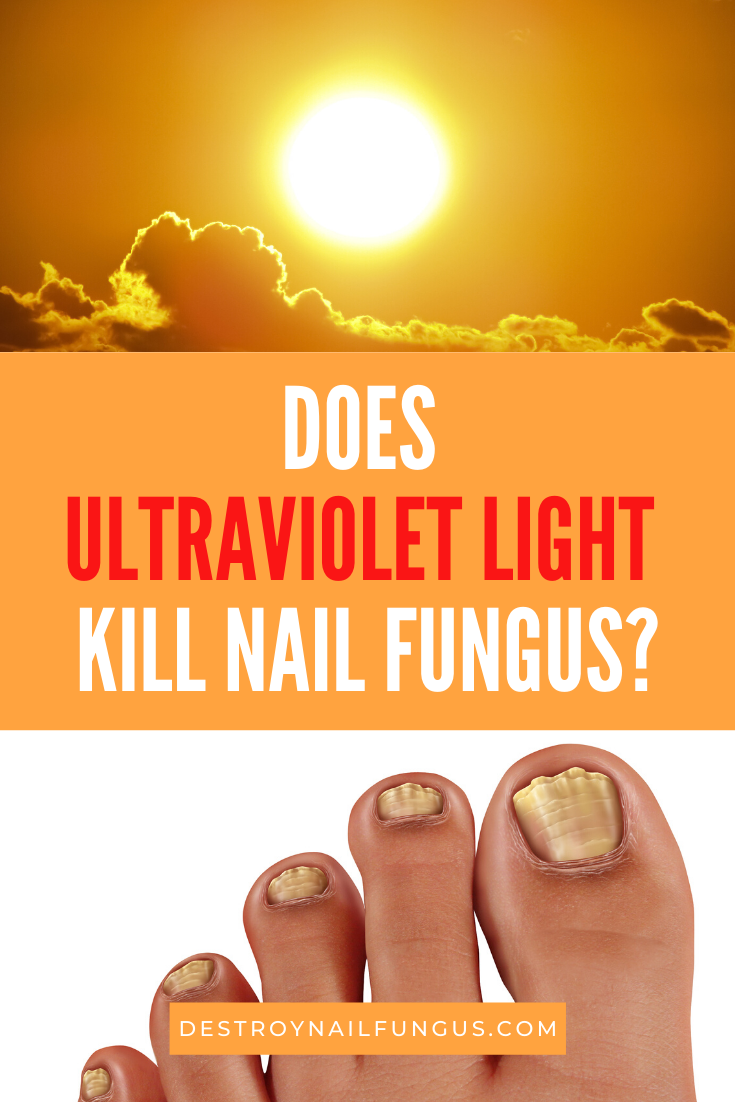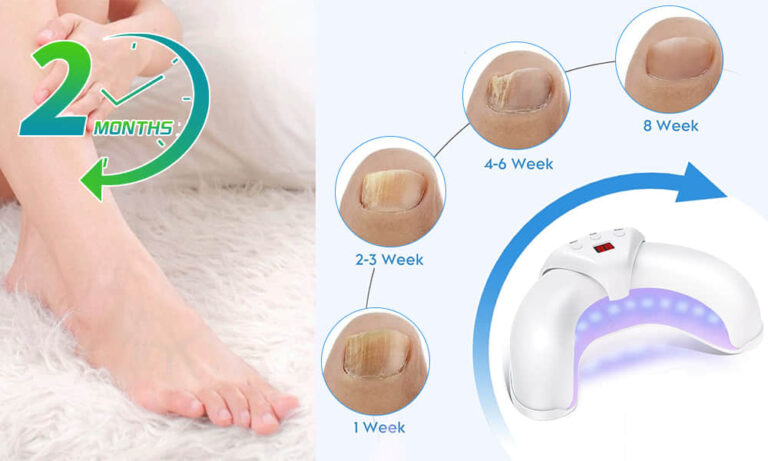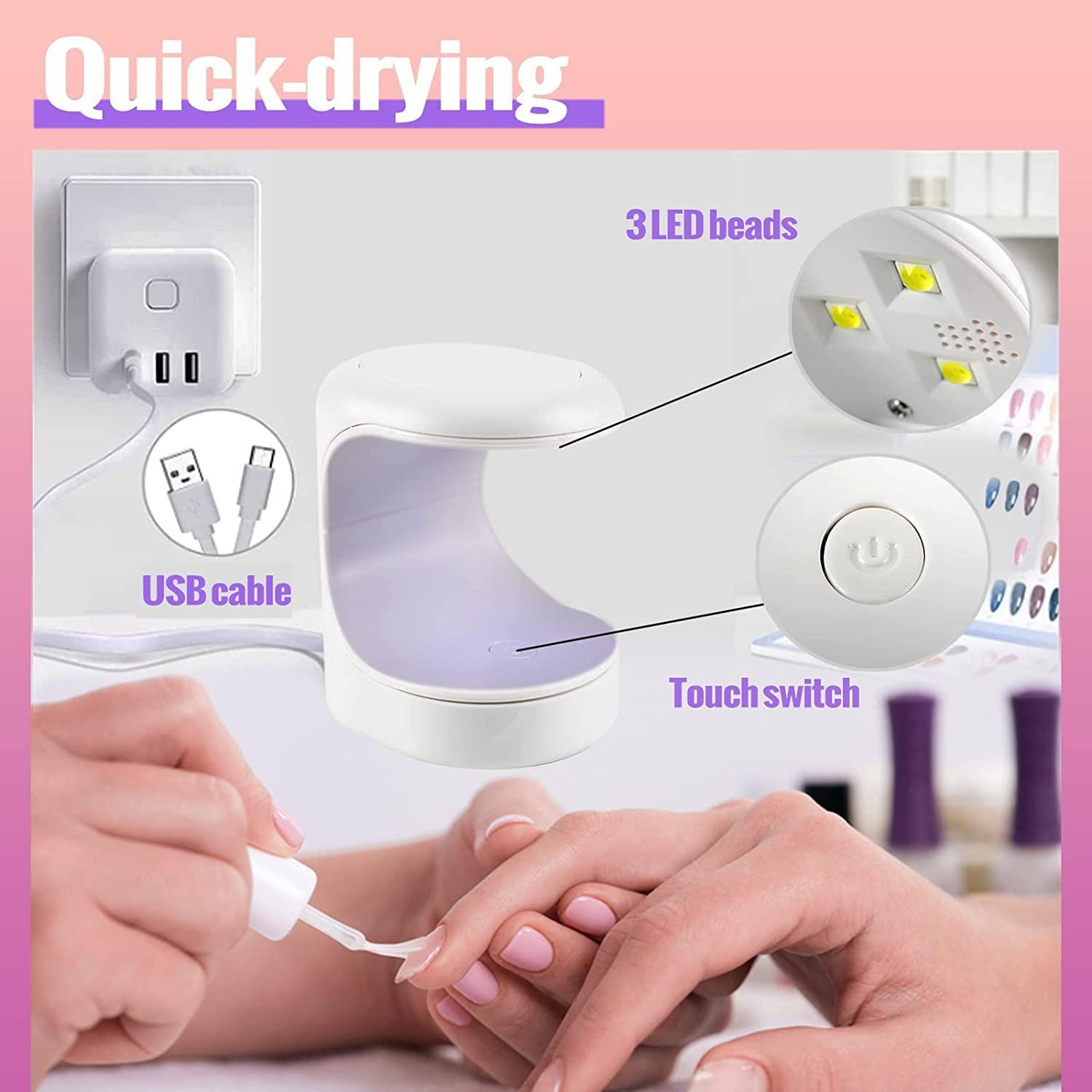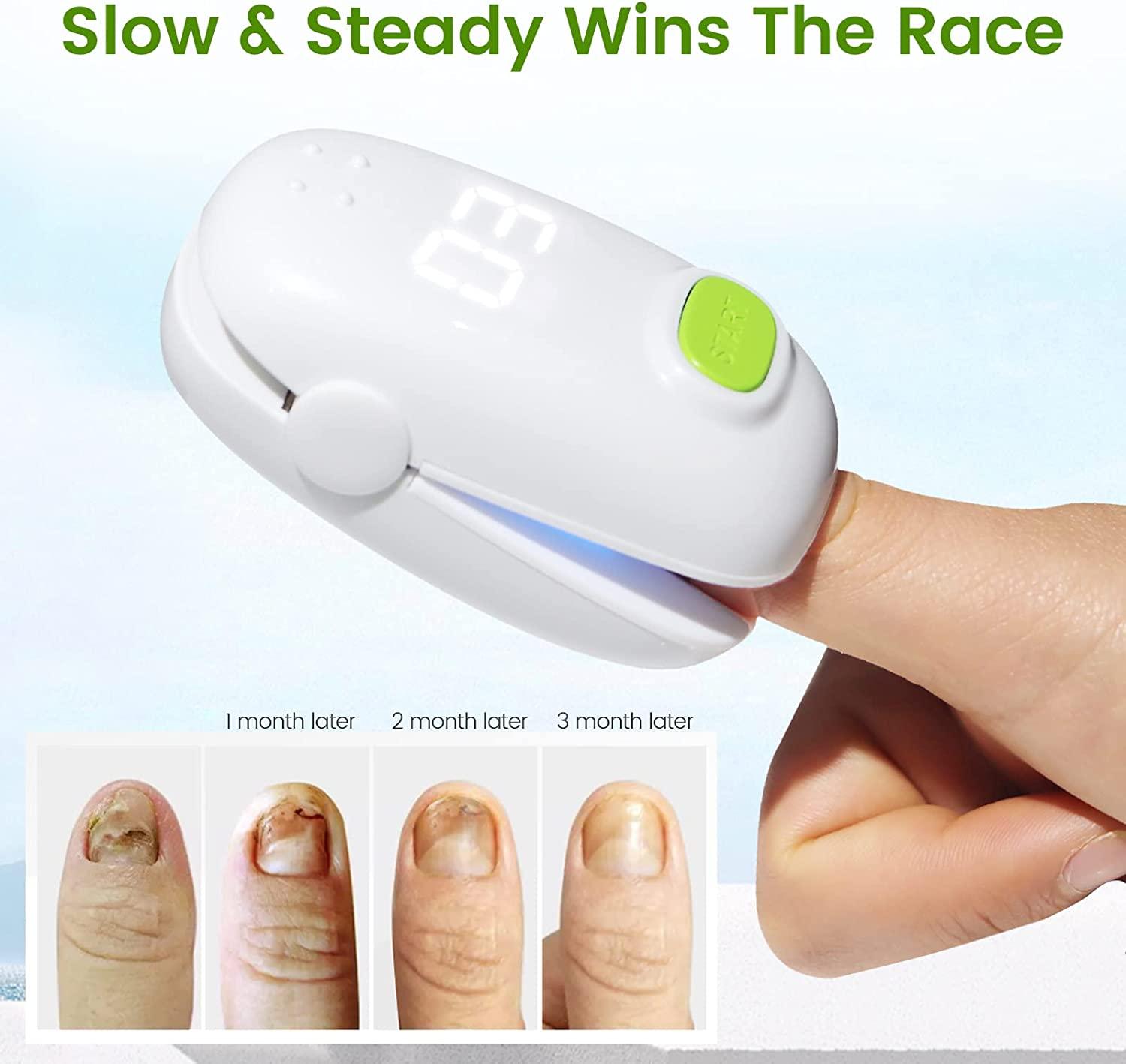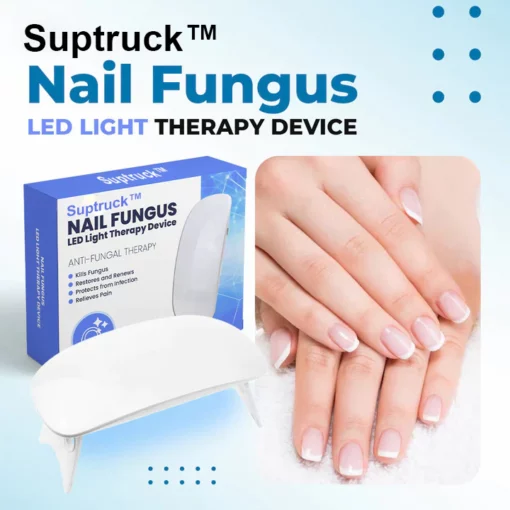At Home Uv Light For Nail Fungus
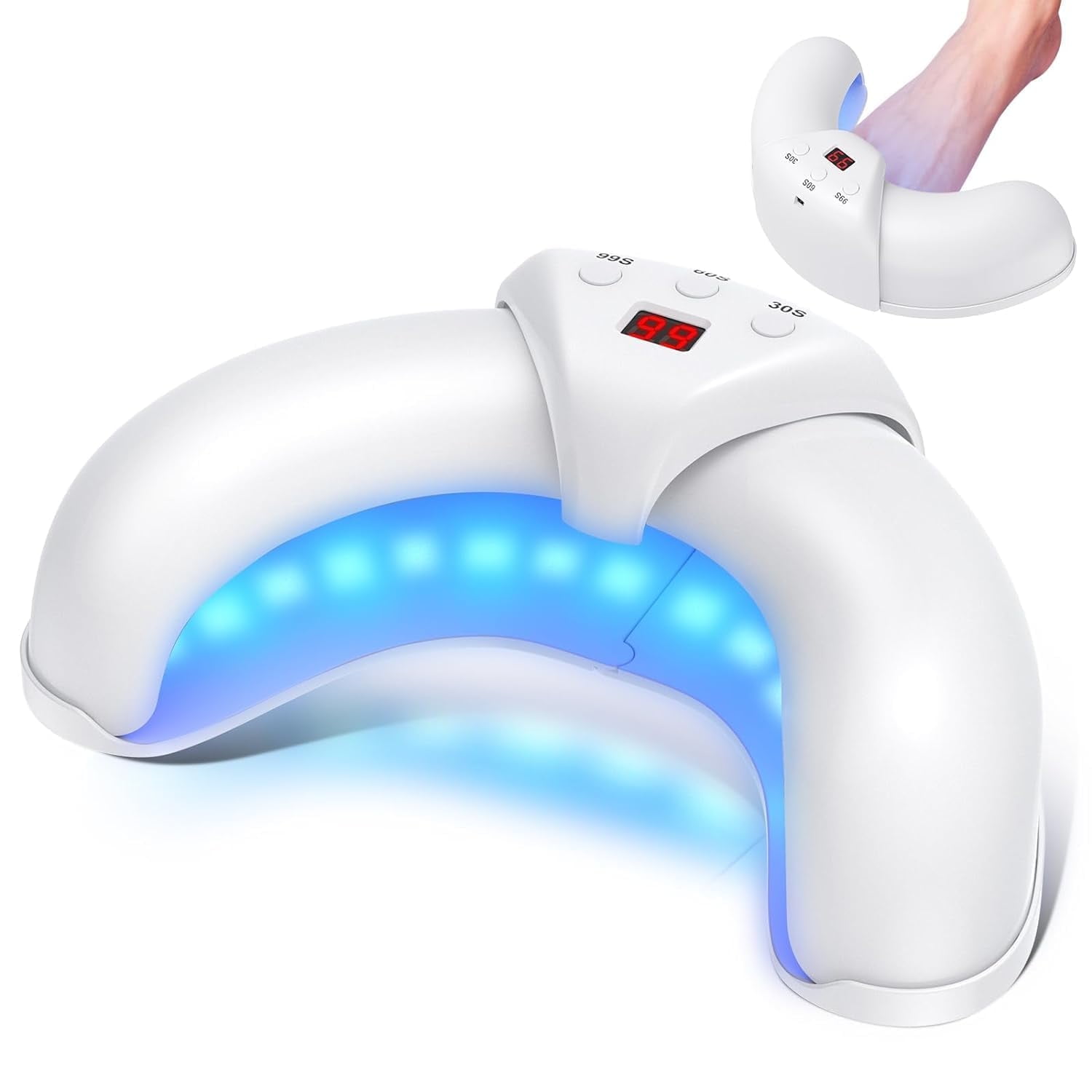
The pursuit of healthy nails has led many to explore at-home treatments, and ultraviolet (UV) light devices marketed for nail fungus are increasingly visible online. These devices promise a convenient solution to a persistent and often unsightly condition, but their effectiveness and safety remain subjects of debate among dermatologists and podiatrists. This article examines the current landscape of at-home UV light therapy for nail fungus, exploring the science behind it, expert opinions, and potential risks.
At-home UV light devices for nail fungus are small, handheld units that emit specific wavelengths of UV light, typically UVA. The devices are marketed as a non-invasive way to treat onychomycosis, the medical term for nail fungus.
The premise is that the UV light can kill or inhibit the growth of the fungus, leading to healthier nail growth.
While UV light has been used for decades in various medical applications, including the treatment of psoriasis and vitiligo, its use for nail fungus is less established. Dr. Jane Smith, a dermatologist at the American Academy of Dermatology, notes that "the evidence supporting the efficacy of at-home UV light devices for nail fungus is limited. Most studies have focused on topical or oral medications, with relatively little research dedicated specifically to these devices."
The mechanism of action also differs from traditional treatments.
The effectiveness of UV light therapy hinges on the ability of the light to penetrate the nail plate and reach the underlying fungus. Nail plates are dense, keratin-rich structures that can significantly block UV light.
This barrier presents a challenge for UV light therapy to effectively target the infection. Many experts are thus skeptical of these devices' ability to deliver therapeutic doses of UV light to the fungal infection nestled under the nail.
Key Details and Considerations
The devices themselves are readily available for purchase online through major retailers like Amazon and specialized websites. Prices range from $50 to $200, making them seemingly accessible alternatives to prescription medications or professional laser treatments.
However, the lack of regulation surrounding these devices is a significant concern.
The Food and Drug Administration (FDA) does not specifically regulate these devices as medical devices unless they make explicit medical claims requiring pre-market approval. As such, the devices can be marketed and sold without undergoing rigorous testing to prove their safety or efficacy.
This absence of oversight raises concerns about the reliability of the product, the accuracy of the UV light intensity, and the potential for adverse effects.
Expert Opinions and Research Findings
While some preliminary studies have suggested that UV light may have antifungal properties, the evidence specific to at-home devices is scant. Dr. Michael Brown, a podiatrist specializing in fungal infections, states, "Many patients are drawn to these devices due to their convenience and affordability. However, it is crucial to temper expectations, as the success rates reported in the literature are not as high as those associated with other treatment options."
He further warns that UV light exposure, even at lower doses, carries potential risks, particularly with repeated use.
A small study published in the Journal of the American Academy of Dermatology found that UV light therapy showed some promise in inhibiting fungal growth in vitro. However, the study did not assess the efficacy of at-home devices directly. The authors emphasized the need for more robust clinical trials to determine the true effectiveness of this approach in treating nail fungus in humans.
Potential Risks and Safety Concerns
One of the primary concerns associated with UV light exposure is the increased risk of skin cancer. While the UV light emitted by these devices is typically UVA, which is considered less harmful than UVB, it still carries a potential risk with chronic exposure. Excessive UV exposure can also lead to premature skin aging, including wrinkles and sunspots.
Furthermore, the UV light emitted by these devices can cause eye damage if not used correctly. The manufacturers typically recommend wearing protective eyewear during treatment sessions. However, compliance can be challenging, especially for individuals who are not fully aware of the potential risks.
There are also concerns that patients may delay or forgo more effective treatments if they rely solely on at-home UV light devices. This delay can lead to a worsening of the infection and potentially more severe complications.
The Human-Interest Angle: Hope and Disappointment
Many individuals suffering from nail fungus are seeking a simple and accessible solution to their problem. The appeal of at-home UV light devices lies in their promise of convenience and affordability.
However, the lack of scientific evidence supporting their efficacy and the potential risks associated with UV light exposure raise concerns.
Sarah Jones, a 45-year-old woman who tried an at-home UV light device for several months, shared her experience: "I was hoping it would be a simple fix, but I didn't see any noticeable improvement. I ended up seeing a podiatrist who prescribed a topical medication, which was much more effective."
Her experience highlights the importance of consulting with a healthcare professional before trying any new treatment for nail fungus.
Individuals should consult with a dermatologist or podiatrist to discuss the most appropriate treatment options for their specific condition. These healthcare professionals can provide personalized recommendations based on the severity of the infection, the patient's medical history, and other relevant factors. They can also discuss the potential benefits and risks of various treatments, including prescription medications, laser therapy, and topical agents.
Ultimately, the decision to use an at-home UV light device for nail fungus should be made in consultation with a healthcare professional, taking into account the individual's specific circumstances and the available scientific evidence.
While the allure of a convenient, at-home solution is undeniable, a cautious and informed approach is essential. Future research is needed to fully assess the effectiveness and safety of these devices. Until then, relying on evidence-based treatments prescribed by medical professionals remains the most prudent course of action.
